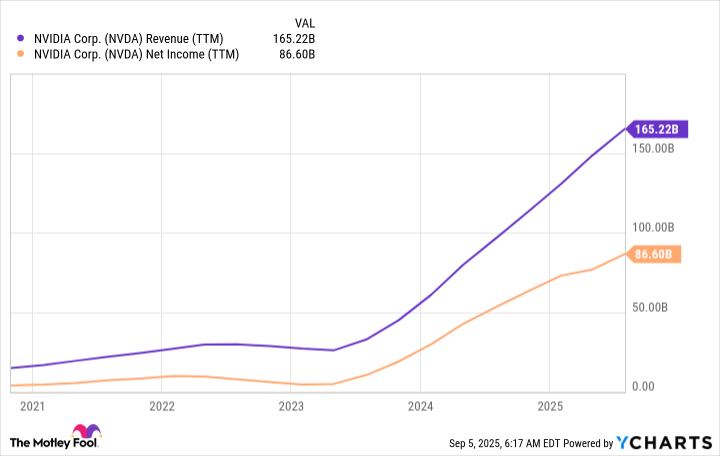SANTA CLARA, Calif., July 29, 2025 (GLOBE NEWSWIRE) — Agora, Inc. (NASDAQ: API) (“Agora”), a global leader in real-time engagement and conversational AI technology, showcased its cutting-edge conversational AI solutions at the World Artificial Intelligence Conference (“WAIC”) hosted in Shanghai during July 26-29, 2025.
Agora unveiled key upcoming features of its Conversational AI Engine, including:
- Voiceprint-based attention locking, enabling seamless human-AI agent conversations in noisy environments with lots of speaking in the background
- Real-time vision-based intelligence, interpreting visual context alongside audio conversation
- Natural interactive avatars, synchronizing lifelike movements with speech
These new features will further enhance the experience for users of conversational AI. Voiceprint-based attention locking enables AI agents with a capability like the ‘cocktail effect’ in the human brain, allowing the agent to focus only on the voice of the user despite the input of multiple background voices. The addition of visual context allows for AI agents to see what is happening in a scene; for example, a user can casually ask about a painting on the wall in the room behind them or for help in solving a math problem written on a whiteboard. Compatibility with interactive avatars gives AI agents a face and makes conversations with them more engaging for use cases from education to customer support.
“We believe that every conversation with AI should be as natural as conversing with another person,” said Tony Zhao, Founder, Chairman, and CEO of Agora, Inc. “These new features for the Conversational AI Engine bring us closer to realizing that goal, giving AI agents the ability to lock onto the user’s voice, see what the user sees, and express movement and emotion with an avatar. We are encouraged by the extremely warm reception from developers and the general audience at WAIC.”
Agora also presented smart devices powered by its ConvoAI Device Kit, featuring:
- Fuzozo, an emotionally responsive digital companion that bonds, learns and evolves with users
- EBO Air 2 Plus, an advanced family companion robot that monitors homes and engages in natural dialogue as a family member
Looking ahead, Agora will continue its investment and commitment in pioneering conversational AI capabilities, collaborating closely with global partners, customers and developers to establish new benchmarks for human-AI interaction, transforming use cases including customer service, virtual companionship, education and many more.
About Agora, Inc.
Agora, Inc. (NASDAQ: API) is a global leader in real-time engagement and conversational AI technology, providing developers with simple, flexible, and powerful APIs to embed real-time conversational AI, voice, video, interactive live streaming, and chat into their applications and IoT devices. For more information about Agora, visit: www.agora.io.


































